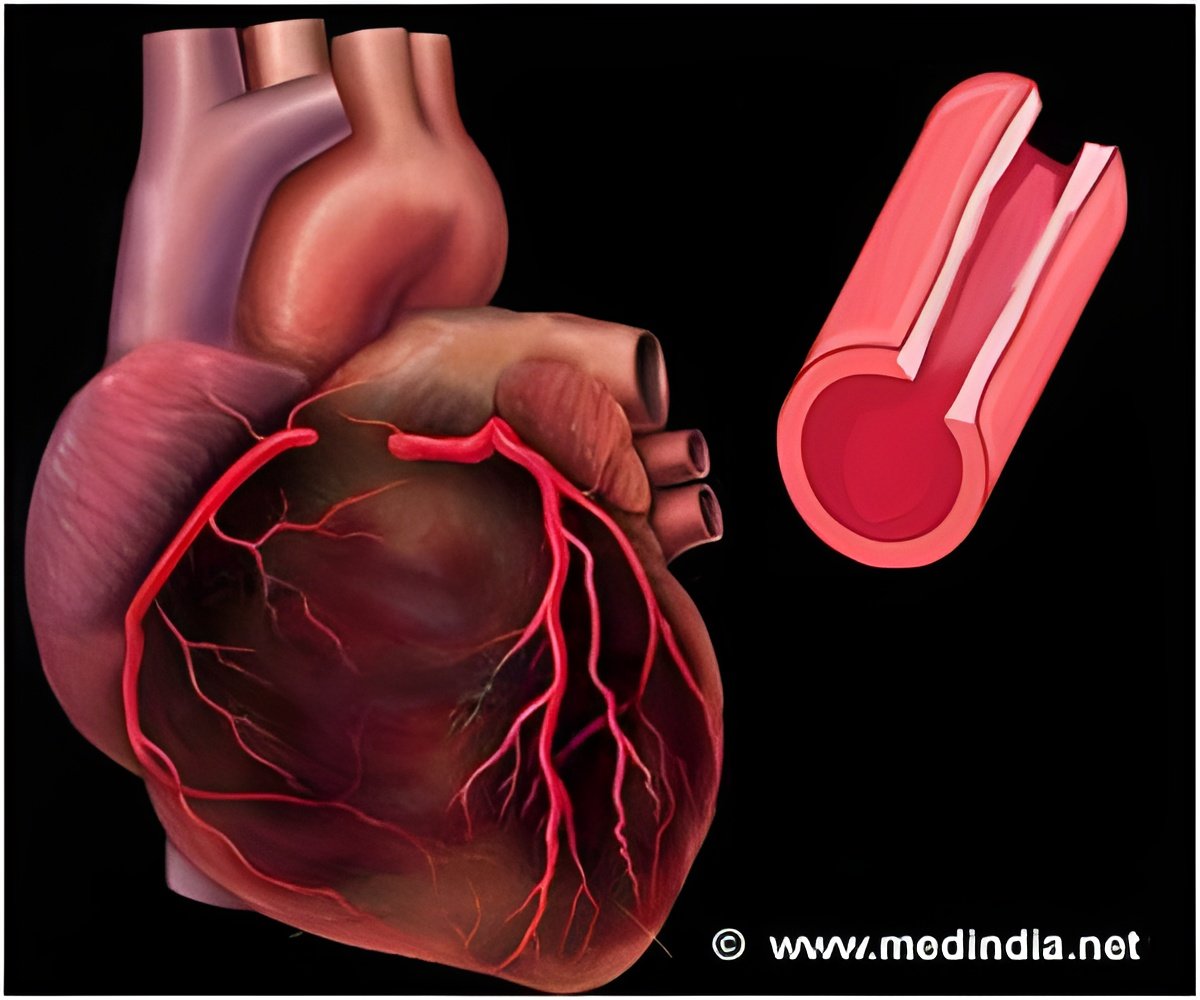
‘TAVR beats surgery at 30 days for mortality or disabling stroke, quality of life and time in the hospital.’
Tweet it Now
"We now have a minimally invasive procedure that is as good as or better than surgery, while at the same time allowing most patients to be out of the hospital within a few days and be back to their normal activities within a week, and that's pretty important," said Michael J. Reardon, MD, professor and Allison Family Distinguished Chair of Cardiovascular Research at Houston Methodist Hospital and the study's senior author. Aortic stenosis--a problem that occurs when the valve in the heart's main artery doesn't open fully--forces the heart to work harder to pump blood and can be life-threatening. TAVR, which is approved by the U.S. Food and Drug Administration (FDA) for the treatment of severe aortic valve stenosis in patients at intermediate and high risk for death and complications associated with surgery, appears to be a reasonable option in low-risk patients too.
This randomized, prospective study included 1,468 patients with severe, symptomatic aortic stenosis from 86 centers in Australia, Canada, France, Japan, the Netherlands, New Zealand and the United States who were deemed to be at low risk of surgery. Low risk was defined as a predicted 30-day mortality of 3 percent or less for 30 days post-surgery and was based on a combination of clinical judgment from the local heart team and an independent screening committee.
A total of 725 patients received TAVR with one of three types of self-expanding devices and 678 patients underwent surgical aortic valve replacement (SAVR) with bioprosthetic surgical valves. The TAVR arm of the trial started with first- and second-generation valves (3.6 percent received CoreValve and 74.1 percent Evolut R); the new third generation Evolut Pro valve was introduced late in the trial and was implanted in 22.3 percent of patients enrolled.
Both groups were well-matched in terms of baseline characteristics such as hypertension, coronary disease and lung disease. Unlike earlier intermediate- and high-risk trials that included a 50-50 split of men and women, this trial was two-thirds men and one-third women. Reardon said this might be because women tend to be smaller, require smaller surgical valves at surgery and are deemed at higher surgical risk.
Advertisement
"In other words, you're more likely to be alive without a disabling stroke, get out of the hospital sooner--in half the time--and have a better quality of life one month after getting a new valve," Reardon said, adding that hospital stays were twice as long for patients undergoing surgery than they were for TAVR, 6.2 days vs 2.6 days on average. "The mean age of patients in this study was 74, so while this is still not a young group of patients, many of them are very active and whether it be in their professional or social lives, getting back to full range of daily activities is very important to them."
Advertisement
"At one year, patients with TAVR were more likely than surgery patients to be alive, without a disabling stroke and without a hospital admission for heart failure," Reardon said.
Quality of life assessments were done using the Kansas City Cardiomyopathy Questionnaire (KCCQ), allowing patients to report their functional ability and wellness. This was performed at baseline, one and six months, and yearly thereafter. For the KCCQ, a five-point increase is considered a small improvement in quality of life, 10 points is moderate, and 20 points is large. Patients receiving TAVR reported significantly better quality of life, 20 vs. 9.1 at one month post-procedure. By one year, both TAVR and surgery had similar improvements in quality of life, 22.2 and 20.9, respectively.
Based on an analysis of echocardiograms, Reardon said there was some indication that the TAVR valve worked better; TAVR had a better orifice--how big the opening of the valve is--(2.2 cm2 vs 2.0 cm2) and lower mean gradients than surgery at all time points in the trial. Similar to earlier studies, TAVR has more pacemakers and more moderate to severe paravalvular leak (leakage around the valve). The TAVR group also had major vascular injury, including dissection, cardiac perforation or access site injury. There were more cases of atrial fibrillation, transfusions and acute kidney injury in the surgery arm.
"We've now looked at a broad risk spectrum of patients--those at high, intermediate and low surgical risk--and these series of trials have shown that TAVR is better than or as good as surgery in terms of disabling strokes and deaths from all causes. When we look at secondary outcomes of quality of life and functional recovery, these seem to favor TAVR at this point," Reardon said. "Given this data, it now seems reasonable to consider moving TAVR in low risk patients to a class I guideline indication on par with surgery for patients with severe aortic stenosis."
Reardon said this and PARTNER 3 are probably the final trials that will randomize TAVR against surgery given the positive outcomes and patient preference for less invasive therapy. His team plans to follow patients for 10 years, which should yield important long-term data about TAVR compared with surgically implanted valves, as well as the valves themselves. They will also do a cost-effectiveness analysis.
A key study limitation is the relatively short follow up time. Because patients with bicuspid aortic valves and those with anatomic incompatibility for TAVR valves were excluded, as were patients needing other major cardiac surgical procedures such as mitral valve repair, researchers cannot say how these patients might fare.
Source-Eurekalert









